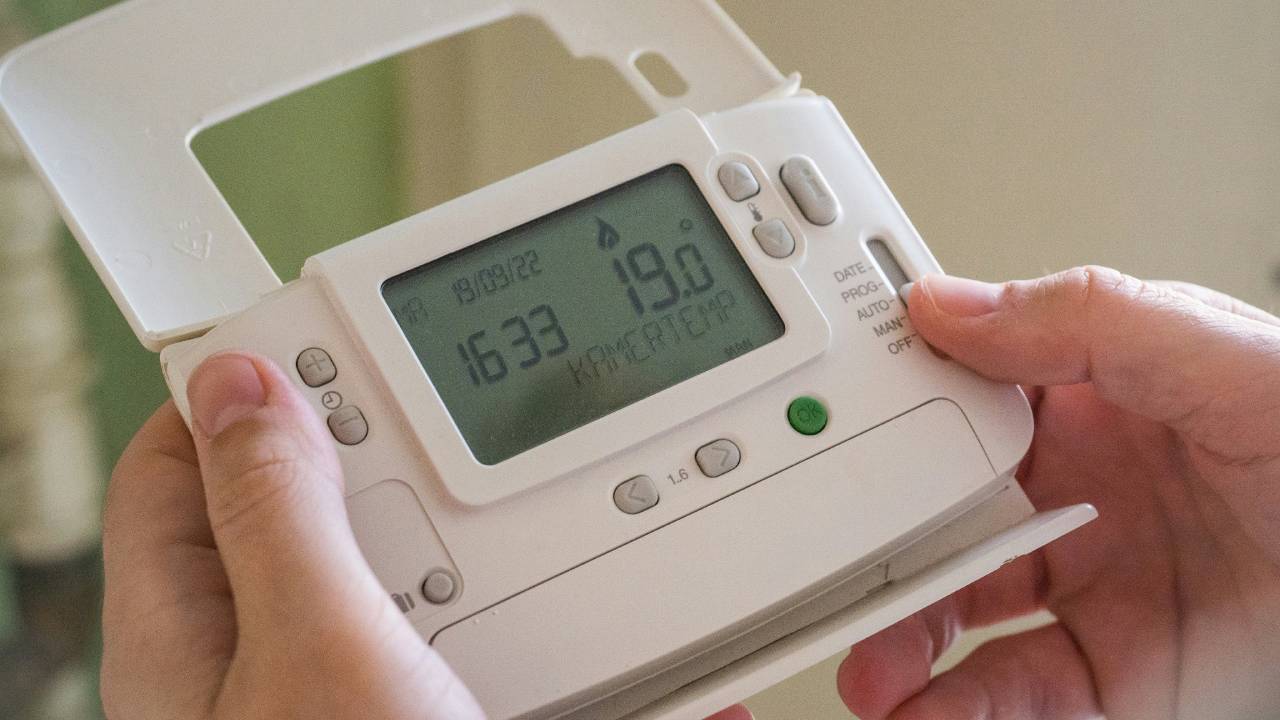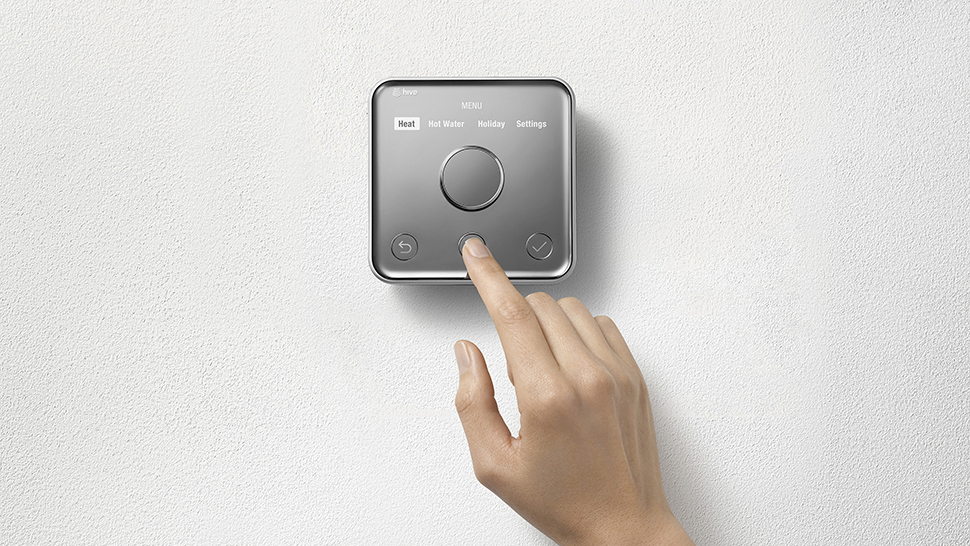
Turning on the heating is always an interesting game. Many people – myself included – will huddle under blankets or use hot water bottles until they can see their breath inside the house before they turn the heating on, while others turn it on as soon as they feel the chill.
The main reason people avoid turning on the heating is because of how much it costs. Heating your house can massively bump up the prices of your energy bills – which is why most people invest in a smart thermostat to better monitor and control their heating.
So, to help with keeping your heating costs to a minimum, I spoke to Llewellyn Kinch, a domestic energy expert and co-founder of UK-based solar energy platform MakeMyHouseGreen. He revealed when’s the best time to turn on your heating and how to get the most out of it during autumn and winter.
When should I turn my heating on?
As the weather shifts, the urge to turn on the heating becomes even greater. So, when is the best time to turn on your heating? According to Kinch, the exact date you should turn on your heating is around 14th October 2024. Not only will this get your house warm, but it will also help get your boiler ready for the worst of winter.
“October 14th leaves a bit of time before things get really cold to ensure that your central heating is working properly,” says Kinch. “This way, it can handle the challenges of the cold weather that lie ahead. Vulnerable people may need their heating on October 14th anyway – especially in places that are more prone to cold weather – in the north of England and in Scotland, for example.”

What temperature should my heating be at?
Now that you’ve decided to switch on your heating, it’s important that you’re making the most out of it while also keeping the costs down. One of the easiest ways to waste money on your heating is by having it on too high, or using it at the wrong times of day, like when you’re not even in the house!
But Kinch told me that having your home heating on for longer won’t necessarily mean you spend more money on your heating. “Heating left on low for longer can save money because the house doesn’t get so cold, and doesn’t require as much energy to warm up again,” Llewellyn explains.
While this depends on your property, location and weather conditions, the average recommended heating setting and usage can offer the right balance between being warm and not stretching your budget too far. Kinch advises to “set your thermostat between 18-21°C during the hours when you are in the house, and reduce it slightly at night or when you're away, to stay warm and save on energy bills.”







